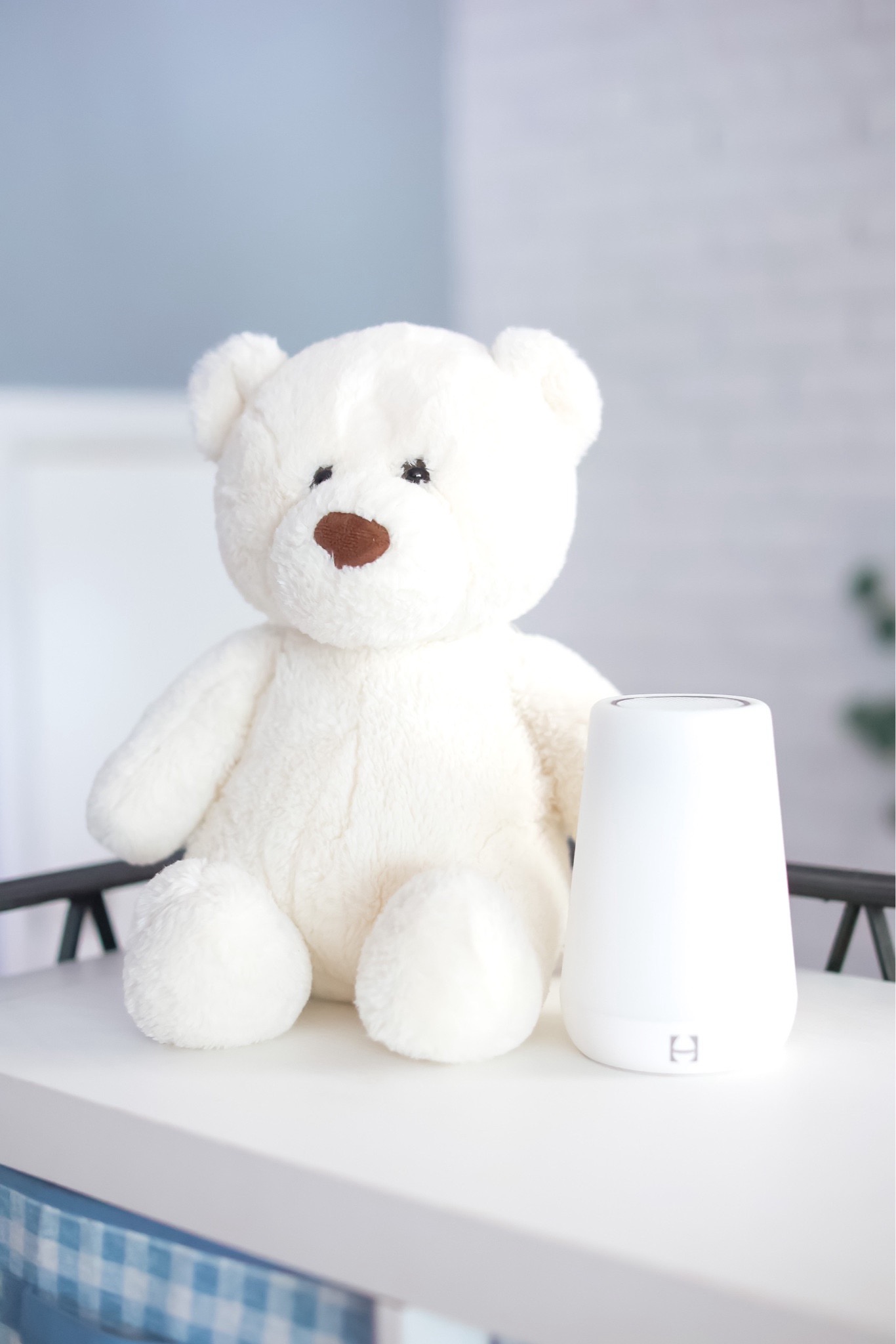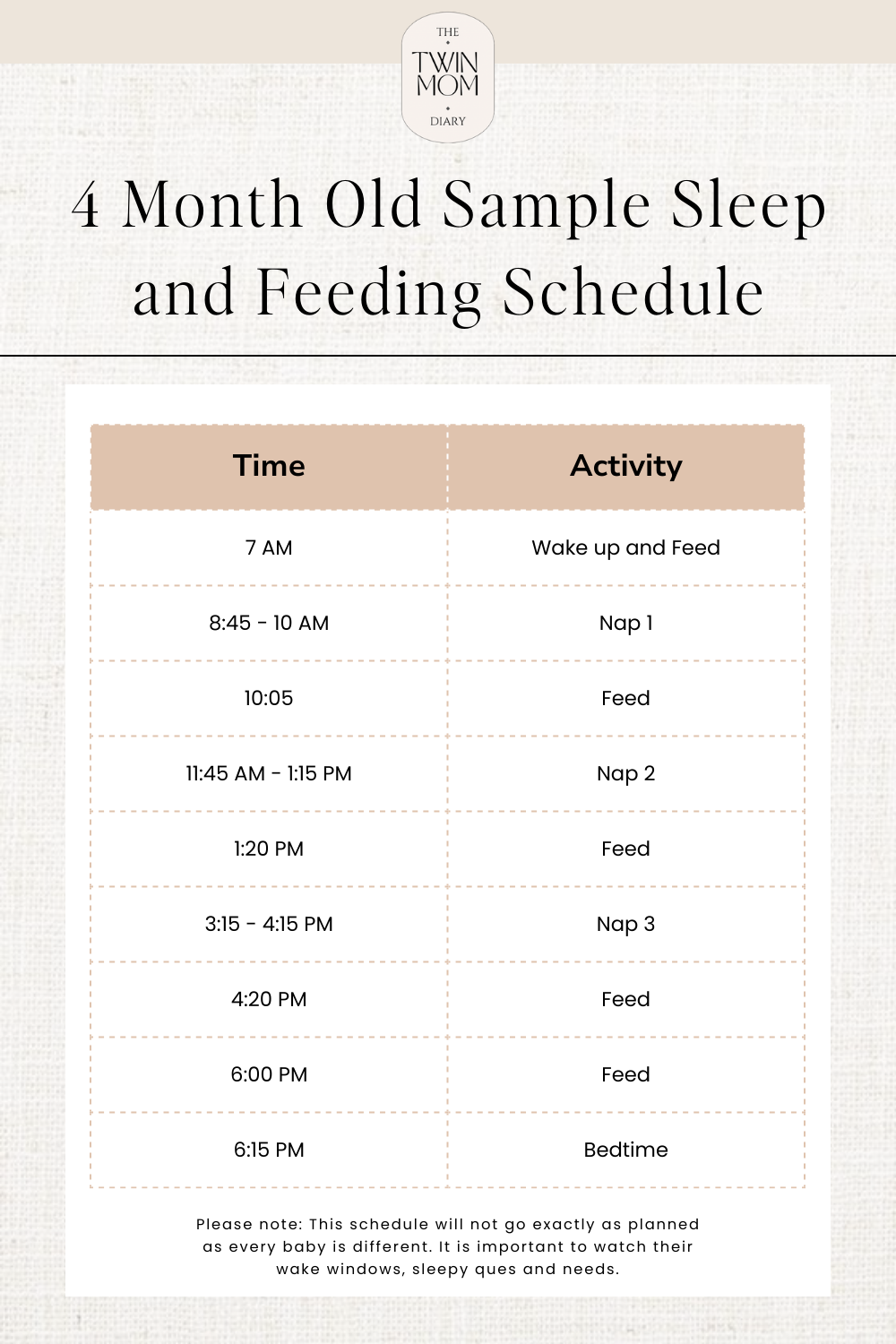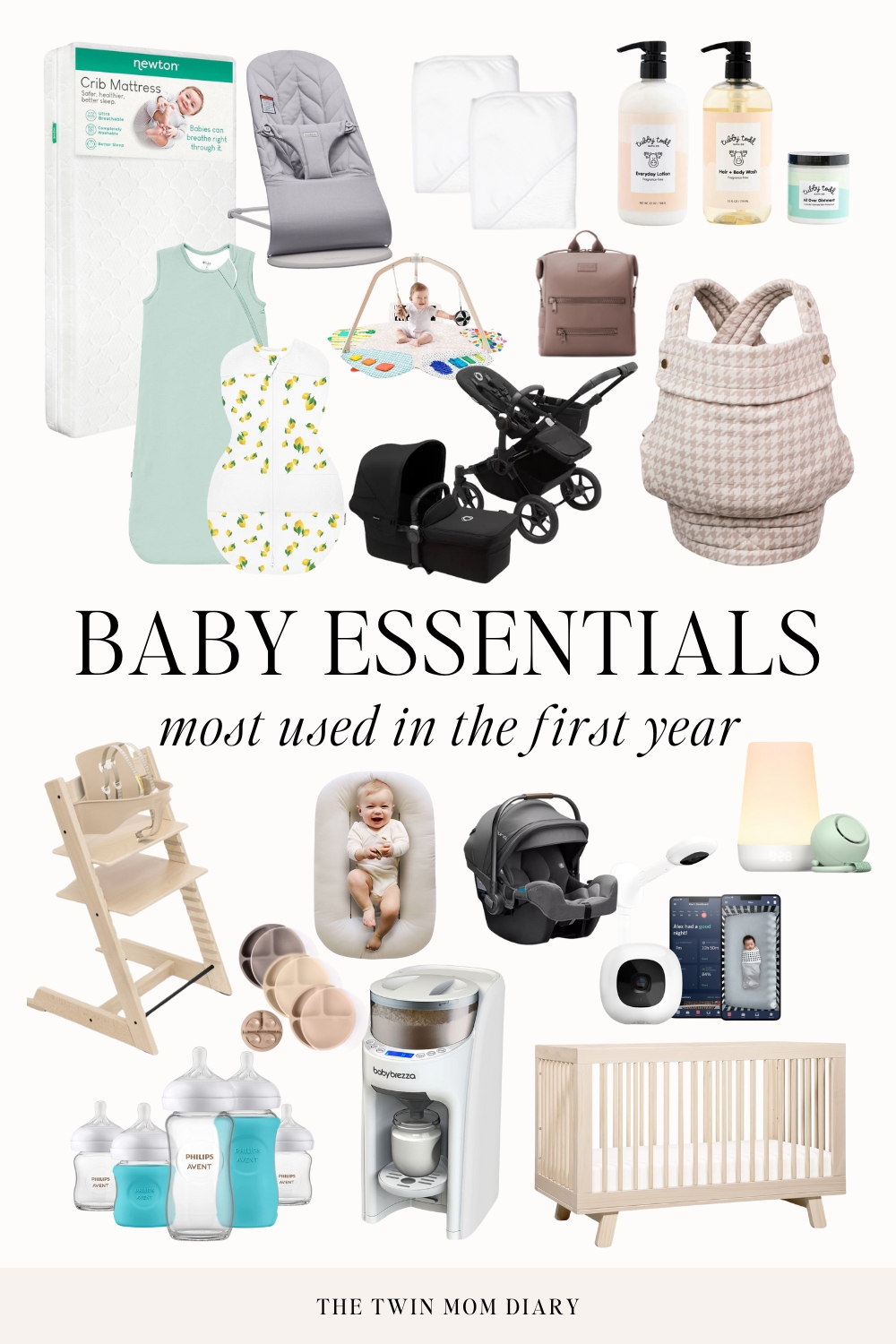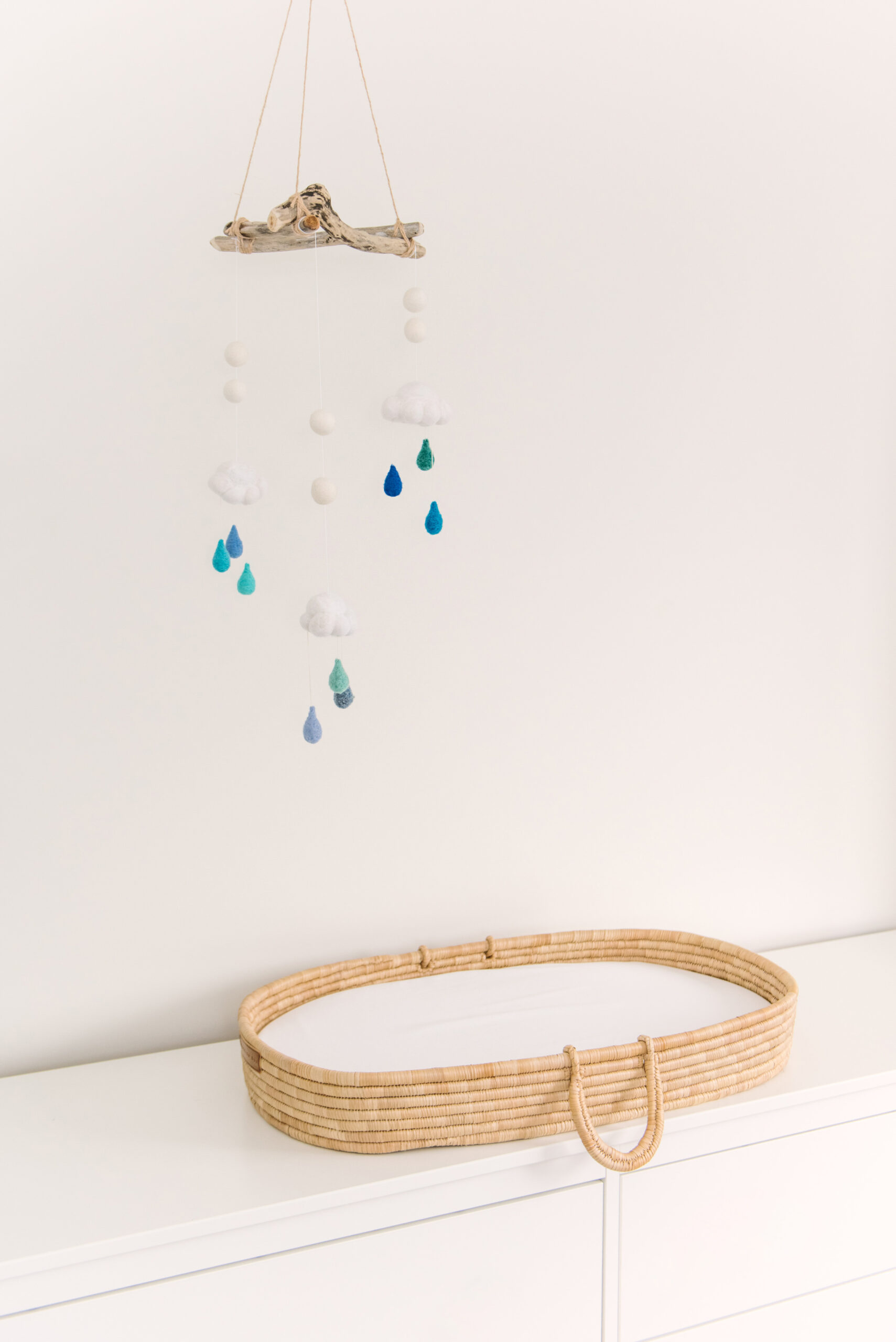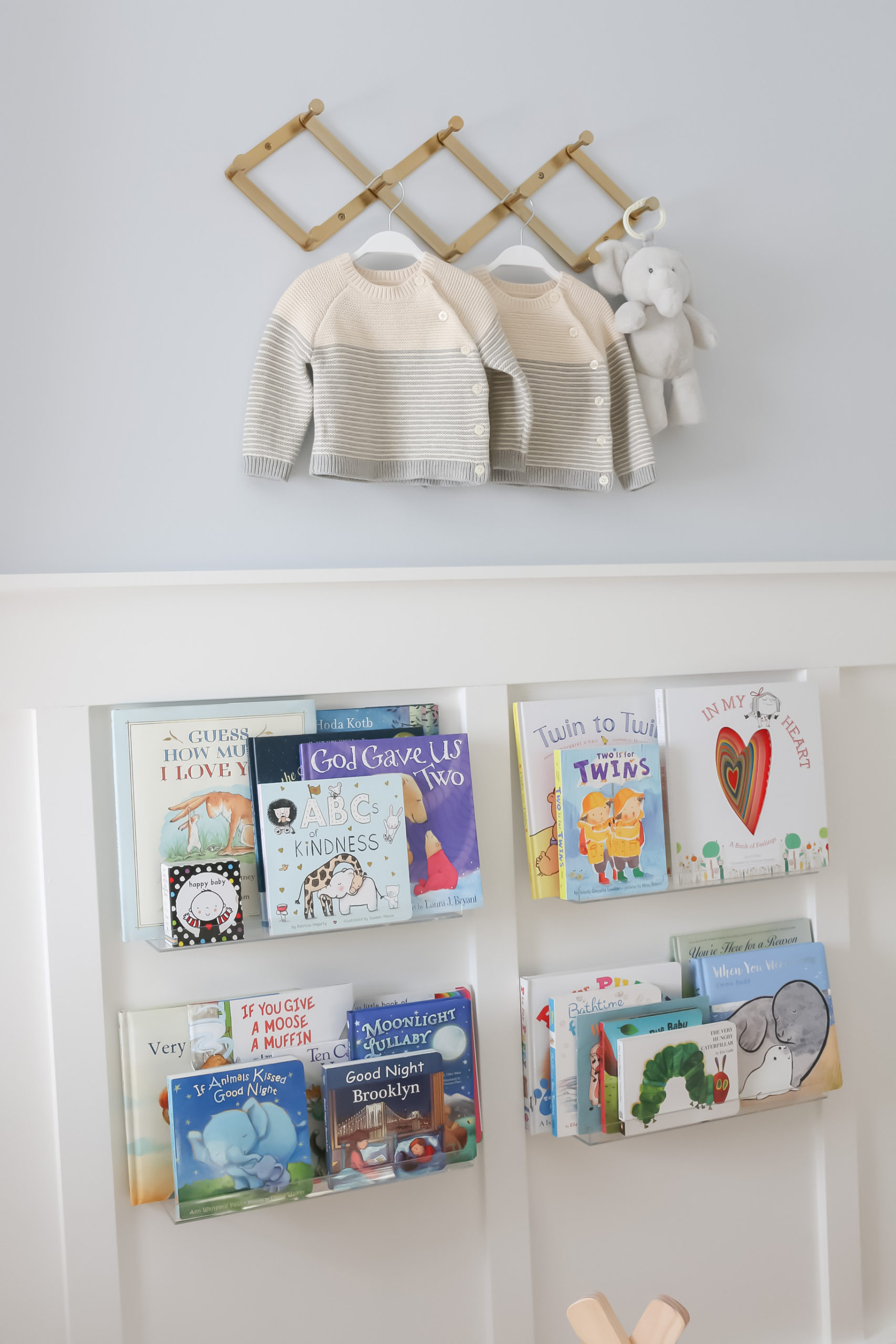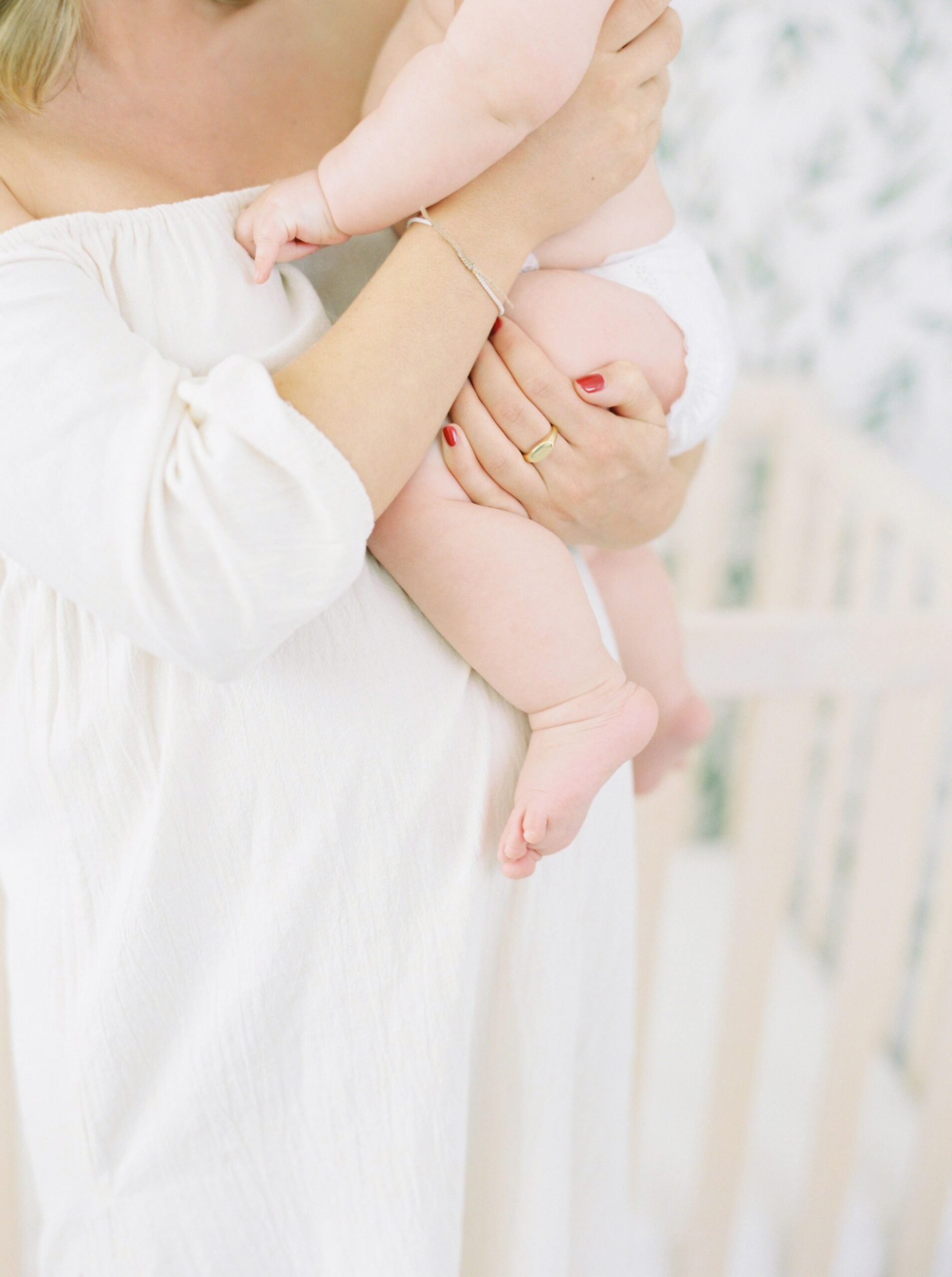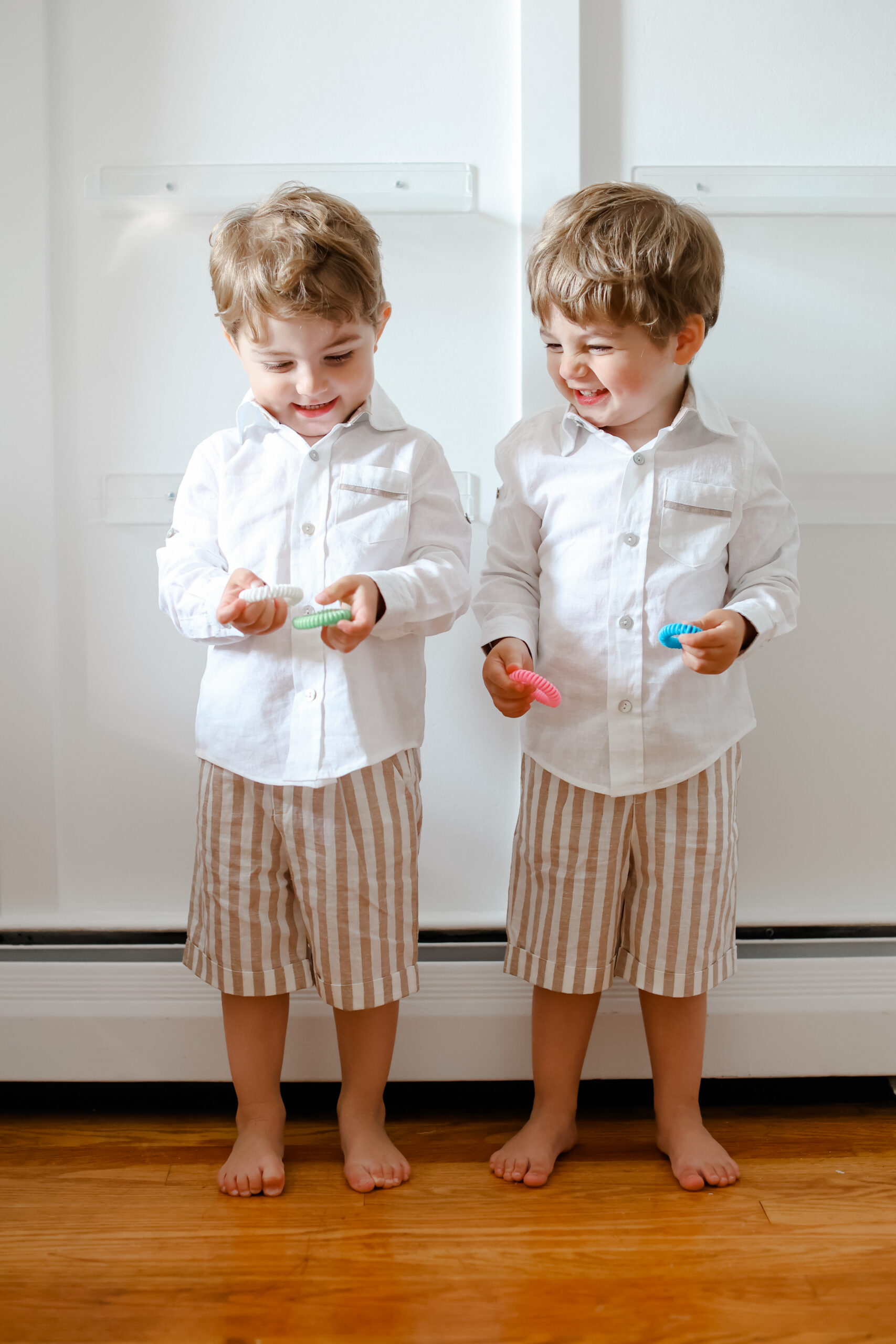Are you currently holding your baby and looking for a 4-month-old sleep schedule? Here is everything you need to know about your 4-month-old baby including the 4-month-old schedule.
4 months is very exciting and can often be a difficult time for many parents as your baby's sleep changes around this time. But no need to worry, today we will answer the most common questions about sleep schedules, wake windows, feedings, and more. As a twin mom who lived through the 4-month sleep regression with my twins, I know how challenging this time can be.
as a certified pediatric sleep consultant, I will give you the exact schedule I used with my twins and my clients, discuss things you may notice around 4 months and so much more. After reading this post, you will know exactly how to help your little one sleep better.
4-Month-Old sleep SCHEDULE
Sample sleep and feeding schedule for a 4 month old
Some general sleep and feeding guidelines for a 4 month old are:
- Average total daytime sleep: 4 hours
- Average wake time: 1.5 - 2 hours
- Naps: 3 - 4 naps
- Total Sleep (Day + Night): 14 - 15+ hours
- Daytime feedings: Every 2 - 3 hours
- Bedtime: 6:00 - 8:00 PM
Wake time are increased to 2 hours. If a nap ever goes unplanned or on the shorter side use a 2 hour wake window and then offer a nap again.
4 month old wake window
Before we discuss the wake window for a 4 month old, lets first discuss what a wake window is. A wake window is simply the amount your baby is awake between their naps. It's really important to keep track of your baby's wake window to prevent them from being overtired or under-tired which often leads to a difficult sleep environment.
A 4 month old's wake window should be 1.5-2 hours.
What if my baby was born earlier?
If your baby or twins were born earlier, you will use adjusted age for all wake windows and sleep needs. So if your baby was born at 36 weeks, you will use a 3 month old wake windows and sleep needs instead of a 4 month old.
How long should my 4 month old nap?
A 4 month old may take 3-4 naps a day and you want to aim for a total of 4 hours of daytime sleep.
How many naps should my 4 month old take?
Around 3-4 months is when the 4 to 3 nap transition will start. Your 4 month old should be napping 3-4 times a day. On a day of short naps, you will offer 4 naps. The goal is 4 hours of total daytime sleep.
How many hours should my 4 month old sleep?
The total sleep (day + night) should be 14-15+ hours.
When should bedtime be for my 4 month old?
Bedtime can be a tricky subject as different families have different needs, some may prefer for their kids to have a later bedtime such as 8 PM, or an early bedtime such as 6:30 PM.
A 4 month old can be put to bed as early as 6 PM, especially on a day of short naps, A great way to know when bedtime should be is 2 2-hour wake window after the last nap. So if the last nap ended at 4:30 PM, bedtime is 6:30 PM.
When should the last nap for my 4 month old be?
Aim for the last nap to end around 4:30-5 PM if you are aiming for a 6:30-7 PM bedtime.
What if my 4 month old didn't take their naps as planned?
4 months is the age for 30-minute naps. Use an earlier bedtime to compensate for days with bad naps (as early as 6 PM). Below is a sample schedule of days with short naps:
7 AM - Wake Up
8:45 - 9:30 AM - Nap 1
11:30 AM - 12:15 PM - Nap 2
2 - 2:30 PM - Nap 3
4 - 4:30 PM - Nap 4
6 / 6:30 PM - Bedtime
Is there a 4 month old sleep regression?
Yes! Around 4 months there are some major changes in your baby's sleep cycle which can disrupt sleep.
At 4 months old, your baby is coming out of the newborn stage which means lots of changes! A newborn can sleep anywhere regardless of light, noise, and stimulation, but now your baby becomes much more aware of their surroundings. They can no longer fall asleep in a brightly lit room. Everything around them is now exciting!
At this age, your baby goes from newborn sleep patterns to baby sleep patterns and starts to develop more adult-like patterns such as changing positions, taking longer to fall asleep, and moving in and out of sleep cycles which can include waking up and falling back asleep.
Your baby is also learning “object permanence” which means they understand when you walk out of the room after you put them to sleep. This can cause frustration and as a result cause a disruption of sleep. Your baby may also be learning a new skill such as rolling which can cause disruption of sleep as they try to learn and practice this new skill sometimes even in their crib.
The sleep regression should pass within 2-6 weeks returning back to normal sleep habits.
Why is my 4 month old fighting sleep?
One of the biggest reasons your baby may be fighting sleep is because they are overtired or not tired enough. Ensure you are following age-appropriate wake windows and maintain a consistent bedtime routine which helps the baby understand sleep is coming.
Sleep can also be disrupted due to the 4 month old sleep regression and your baby's new milestones.
Does my 4 month old need to be swaddled?
Many babies may start rolling around this age. The American Academy of Pediatrics says babies can be swaddled until they show signs of rolling. Once your baby has shown signs of rolling, it is time to discontinue swaddling. You can move on to sleep sack. This is the one we love and have.
Kyte Baby
Sleep Sack
I have twins, their crying is waking each other up. How can I fix it?
This is a very common fear among twin parents. One thing you can do is place the cribs on the opposite sides of the wall. But if that is not an option, know that often twins will sleep through each other's cries and many times it is soothing for them.
Can I sleep train my 4 month old?
Yes! If it's something your family is looking for, 4 months is the perfect age to start. Sleep training does not mean you leave your baby crying in their crib for hours upon hours. There are many gentle methods you can choose from that help support your baby each step of the way.
What are some 4 month old milestones?
As parents, it's natural to feel a sense of excitement and anticipation as our babies reach new milestones. Just remember each baby is different and these milestones are just based on age ranges. If you have any concerns about your baby's milestones, be sure to speak to your pediatrician.
Let's delve into some of the exciting milestones you can expect to see from your four-month-old.
- Your baby might start rolling from stomach to back and may begin to try rolling from back to stomach.
- Improved head control and can hold their head steady and upright when sitting with support.
- They begin to push up on arms when lying on the stomach, showing stronger upper body strength.
- They start to recognize familiar faces and might even smile at them.
- Begins to turn their head towards sounds and show more sensitivity to the tone of voice, indicating improved hearing.
- Smiling spontaneously, especially at people.
- They may start to enjoy playing with people and might cry when playing stops, indicating they're engaging more with their surroundings.
- Start to express happiness and displeasure more vividly through giggles or fussiness.
- Shows interest in toys, especially those with bright colors or that make noise, and may start reaching for them.
- Can bring their hands to their mouth and have better control over hand and leg movements.
What are some activities for a 4 month old?
At 4 months old, your baby is noticing more around them and becoming more aware of their surroundings. Here are some activities tailored for a 4 month old:
- Tummy Time: Essential for strengthening the baby's neck, shoulder, and arm muscles. Start with short periods and gradually increase as the baby becomes more comfortable. This toy is great for tummy time if your baby is not tolerating it well.
- Reading Together: Although they won't understand the story, reading helps with language acquisition and can be soothing. Use books with high-contrast images or bright colors to hold their attention.
- Sensory Play: Introduce toys with different textures, sounds, and colors to stimulate their senses. Soft toys, rattles, and musical toys are great for sensory play.
- Mirror Play: Place the baby in front of a mirror during tummy time or while holding them in your arms. Babies are fascinated by their own reflection and it encourages self-awareness.
- Outdoor Walks: Taking your baby for a walk in a stroller or a baby carrier can be beneficial for both of you. It provides a change of scenery for the baby and helps them experience the outside world, fostering their curiosity and awareness.
- Toys: give your baby toys that are safe to explore in their mouths and crinkle books.
I also have some of my favorite toys for a 4 month old here.
